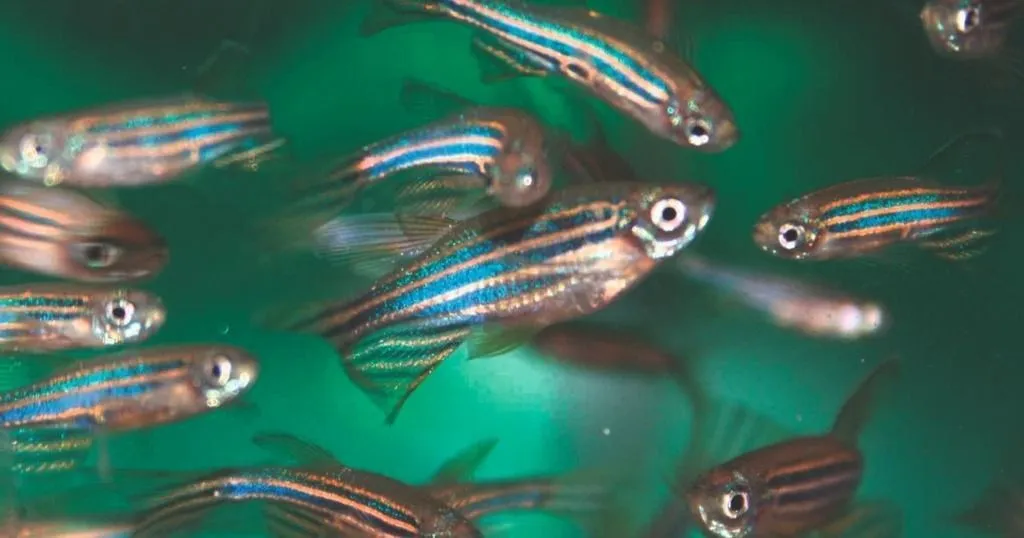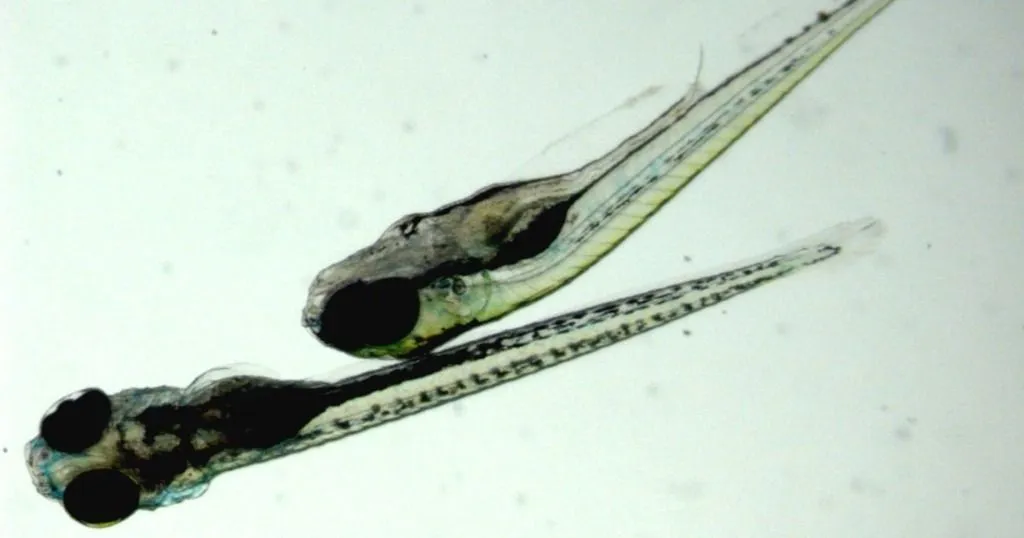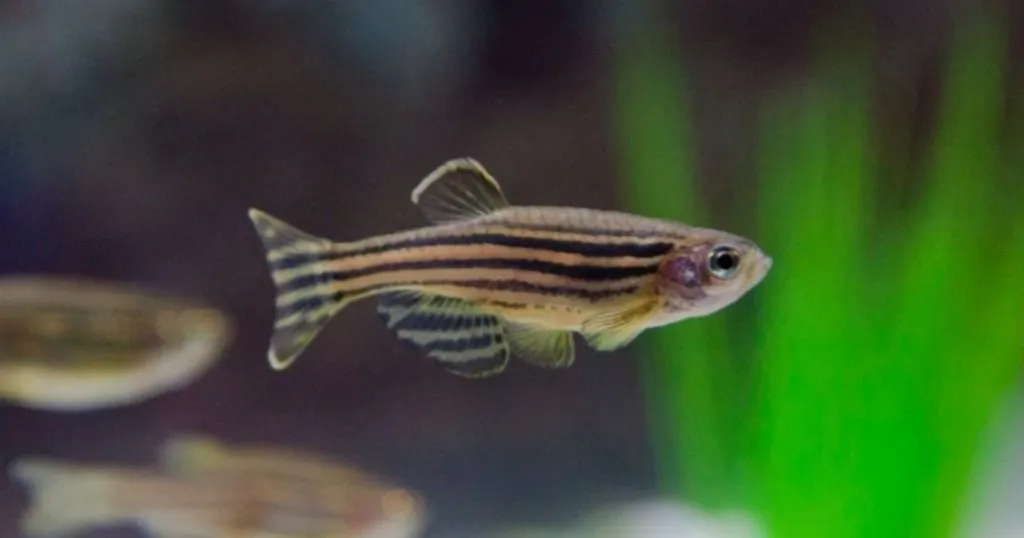How to mark zebrafish without compromising their behavior
How to mark zebrafish without compromising their behavior? They may have just found the answer to this at the University of Toronto. Cheung et al. tried out a method using subcutaneous injection with dyes.
Posted by
Published on
Thu 20 Mar. 2014
Topics
| Social Behavior Research | The Observer XT | Video Observation | Zebrafish |

How to mark zebrafish without compromising their behavior is a recurring question in zebrafish research. They may have just found the answer to this at the University of Toronto, Mississauga (Canada). Cheung et al. tried out a method using subcutaneous injection with dyes.
How to mark zebrafish without compromising their behavior
Clipping fins and adding tags
There have been many advances in methods and techniques for experiments with zebrafish, but identifying individuals seems like a difficult problem to tackle. You can’t just tell from the pattern of their stripes like with zebras, so even the trained eye can’t tell them apart. Many researchers use markings – clipping the fins in a specific way. It’s a relatively easy method, but because these fins are mainly transparent, these markings are difficult to see. Moreover, clipping fins might interfere with the fish’s swimming abilities, which poses a new problem, especially for behavioral studies.
Other well-established methods include implants and tags, which work fine on larger fish, but are simply too big for the small zebrafish, and therefore interfere with their swimming ability as well.
Color dye under the skin
Eugene Cheung and his colleagues tried a new method: subcutaneous injection. They tested five colors: red, green, black, yellow, and blue on more than a hundred gold (pigment deficient) zebrafish. They found that this injection method had a very high survival rate (96%) and that the pigment lasted for at least 30 days, the period typically needed for behavioral experiments.
Behavioral consequences: agonist behavior
Next, the behavioral consequences of this injection were tested. Fish were tested in shoals of four, and, while monitored from a side view, their social behaviors (specifically agonistic behaviors) were scored with event recording software The Observer XT. To elude agonistic behavior, the tanks were attired with fake plants, creating a desirable zone to enhance territorial responses. Behaviors that were recorded included:
- Chasing: fast swimming while pursuing another fish.
- Aggressive display: opening the dorsal anal and caudal fins.
- Repel: the focal fish moves toward an approaching fish, forcing it to make a rapid direction change (pooled under aggressive display).
- Sparring: two opponents circle each other while undulating their bodies and erecting the fins (pooled under aggressive display).
- Biting: the fish opens its mouth and bites into the fin or body of the opponent.
No behavioral consequences
The frequencies of agonistic behaviors were not significantly different between injected and control fish. This is an important finding, as wild-type colored zebrafish are known to change their own coloration to lighter or darker when they become fearful or aggressive, respectively (Gerlai, 2003). Cheung et al. also did not find motor dysfunction or abnormal postures due to the injection.
Zebrafish with and without pigment
This study used gold zebrafish, while many well-defined strains of zebrafish are of the wild-type which show the typical zebrafish stripes. You can imagine that the effect of the markings is oppressed by their natural pigment. In a follow-up study these authors therefore tested a few wild-type-colored zebrafish and found that the markings were also visible, although the green and blue color markers were notably less visible against the naturally blue and green coloration of the zebrafish body.
Future zebrafish research
Now some questions remain, such as if these markers are able to be picked up by video tracking systems and whether zebrafish will be able to distinguish each other on the basis of the color mark. Cheung et al. plan to investigate this in the future.
References
- Cheung, E.; Chatterjee, D.; Gerlai, R. (2013). Subcutaneous dye injection for marking and identification of individual adult zebrafish (Danio rerio) in behavioral studies.Behavioral Research Methods, doi:10.3758/s13428-013-0399-x.
- Gerlai, R. (2003). Zebra fish: an uncharted behavior genetic model.Behavior Genetics, 33(5), 461-468.
Related Posts

Strain differences in zebrafish behavior and physiology

Zebrafish research: behavioral differences between wild-type strains

